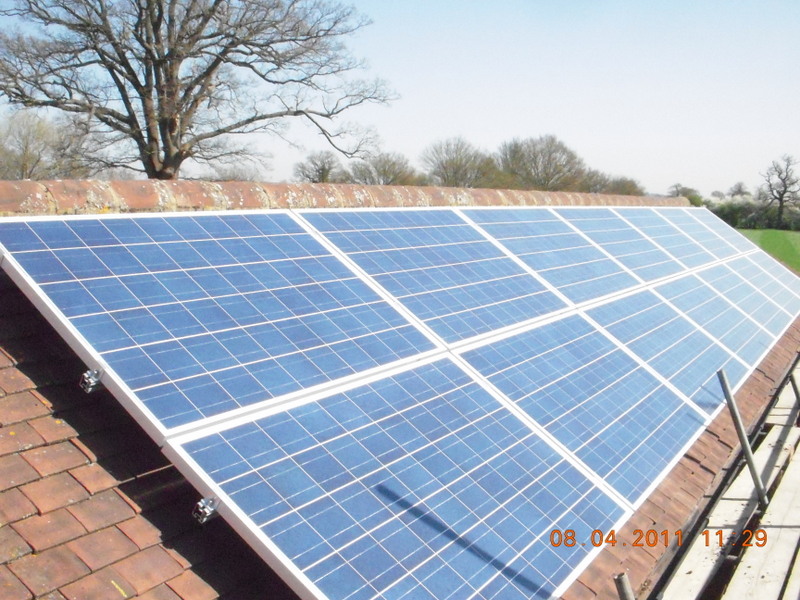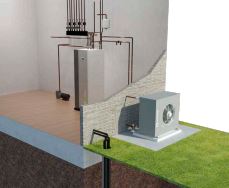Heat pumps are an energy-efficient way to heat and cool homes and buildings. They work by extracting heat from the air, ground, or water, and then transferring it indoors or outdoors, depending on the season.
Solar panels, also known as photovoltaic (PV) panels, are designed to convert sunlight into electricity. The electricity generated by solar panels can be used to power a variety of appliances and devices, including heat pumps. It is thought that when combining solar panels, heat pumps can become even more sustainable and eco-friendly, as they can use the energy generated by the sun to power the system. By using solar energy to power a heat pump, you can reduce your reliance on non-renewable sources of energy and lower your carbon footprint.
There are two main types of heat pumps that can be used with solar panels: air source heat pumps and ground source heat pumps. When combining with solar panels, both types of heat pump can be powered by renewable energy. Solar panels can provide the electricity to run the heat pump’s compressor and fans, which are the main components that require electricity.
People looking for eco-friendly solutions to heating the home will also want to know if it is a good return on their initial investment. There can be high initial installation costs and there is also the issue of having enough space for collector arrays, boreholes, and the solar panels.
It is important to note that the size and efficiency of your solar panel system will determine how much energy is available to power your heat pump. If your solar panel system is too small or inefficient, it may not be able to generate enough energy to power your heat pump, especially during times of high demand.
To ensure that your solar panel system is sized correctly, you should work with a professional installer who can assess your energy needs and design a system that meets your requirements. They can also help you choose the right type of heat pump for your home or building and ensure that it is properly installed and maintained.
It is possible that solar panels would be able to produce all the electricity you need to run your heat pump, depending on the size of the PV array. However, it is more likely that your PV array will contribute to reducing your electricity running costs rather than completely removing them. This is because there might not be a sufficiently sized area for the solar system (a four kW system will generate around 3,400 kWh of electricity per year and will take up around 26 m2 of roof space) and the fact that solar panels work less effectively in winter or on cloudy days when the sun is at its weakest.
Furthermore, the typical timings of a heating system do not co-inside with the time of day that a PV array produces excess energy. Use of a battery will not directly help this scenario, but installing a solar PV immersion controller, such as a SOLAR iBOOST, can divert extra energy generation to your immersion thermal store or hot water cylinder and help make further savings.
In conclusion, combining heat pumps with solar panels can be a sustainable and eco-friendly way to heat or cool homes and buildings. By using renewable energy to power your heat pump, you can reduce your carbon footprint and lower your energy bills. However, it is important to work with a professional installer to ensure that your system is designed and installed correctly for optimal performance.









